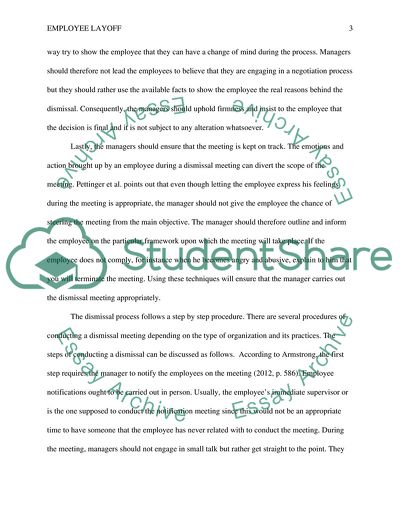Cite this document
(Dismissal Meeting Assignment Example | Topics and Well Written Essays - 1500 words, n.d.)
Dismissal Meeting Assignment Example | Topics and Well Written Essays - 1500 words. https://studentshare.org/human-resources/1848240-dismissal-meeting
Dismissal Meeting Assignment Example | Topics and Well Written Essays - 1500 words. https://studentshare.org/human-resources/1848240-dismissal-meeting
(Dismissal Meeting Assignment Example | Topics and Well Written Essays - 1500 Words)
Dismissal Meeting Assignment Example | Topics and Well Written Essays - 1500 Words. https://studentshare.org/human-resources/1848240-dismissal-meeting.
Dismissal Meeting Assignment Example | Topics and Well Written Essays - 1500 Words. https://studentshare.org/human-resources/1848240-dismissal-meeting.
“Dismissal Meeting Assignment Example | Topics and Well Written Essays - 1500 Words”. https://studentshare.org/human-resources/1848240-dismissal-meeting.


